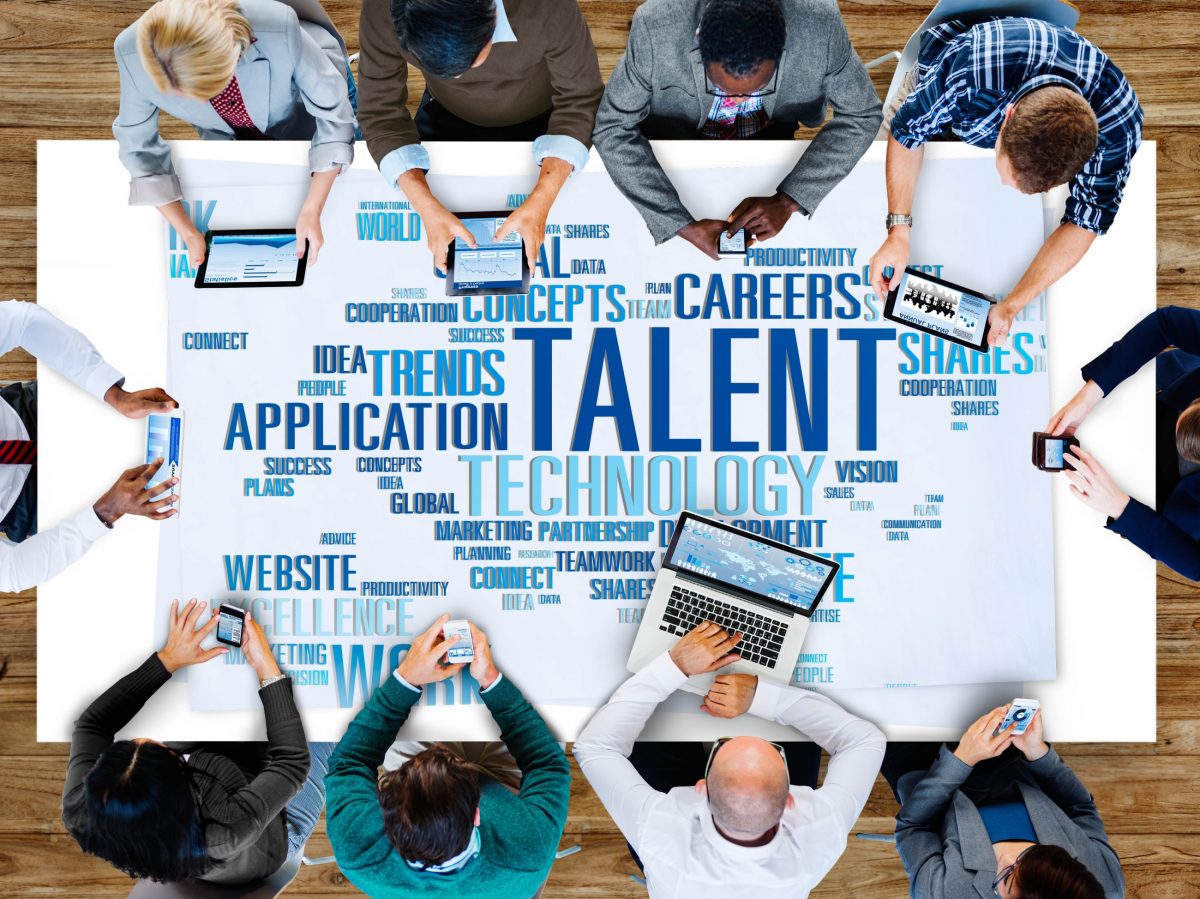It’s always interesting to see the trends and predictions at the beginning of each year. For me, a few come to mind, Climate-yes, it’s going to change, economy-yes, it’s going to change, U. S. President-yes, that’s going to change. How am I doing, so far? I am not sure my predictions, or any New Year’s predictions, are ever earth shattering. In fact, I’ve found that predictions tend to be confirmatory to what we are already anticipating. So, the real question is not always what lies ahead, but how we handle the changes and challenges we know are coming.
On that note, I’m including this link to a recent article from SIOP (Society for Industrial and Organizational Psychology) where leading workplace experts rank the top trends for 2016. I’ll also share my perspective of three major trends which evolved from a blend of business, social, economic, and political factors.
Trend #1 – Facts and Science. At Employment Technologies, our business focus and insights pertain to human resources and the science of talent prediction. Looking back, the business of human resources tended to be influenced more by intuition and finesse rather than facts and science. A trend that now is taking hold tips the scale away from subjective data, and in the direction of facts and science.
In practice, how will this play out? We will continue to see more references to Big Data (facts and science), analytics, and the prediction of human behavior. In fact, experts rank the application of Big Data in organizational and workforce issues as this year’s #1 workplace trend. This is a trend to embrace. Objective, fact-based decisions have consistently proven to be more accurate, fair, and result in better outcomes than decisions based on opinion or emotion. As it is often said, “hope” is not a business strategy. So, a trend toward facts and science is a trend in the right direction.
Trend #2 – Technology and Millennials. As a baby boomer I can ask, “Have you noticed how abrupt and distracted millennials can seem?” Realistically, they are no different than we were—except that they have grown up in an environment heavily influenced by technology. Millennials aren’t rude, they just haven’t had the same opportunity to practice and perfect their interpersonal skills. And it shows. Because of technology, the world for millennials is one where 24/7 you can buy almost anything on Amazon and learn almost anything on YouTube. Technology allows us all to be more autonomous and less dependent on others. And because of greater availability of data and technology, the options for how we work and live are extremely fluid and flexible.
I believe this is the most intriguing trend to watch as it plays out on all levels—personally, locally, and globally. For employers, this is a critical trend to manage. Organizations that know how to predict and bridge performance gaps will have a clear market advantage. Additionally, as the pendulum swings away from traditional business structures and processes, employers must take a fresh approach. We are seeing and living in a trend toward meritocracy, where performance and achievement are the basis for advancement, growth and success. Seniority and job grade are of little consequence to younger workers. What’s important to them is who does the best work and who gets the job done. If you don’t consider this new millennial perspective in your incentive, promotion, and performance management processes, you’re likely to lose your brightest and best young talent.
Trend# 3 – Talent Prediction and Engagement. Virtually, we are now able to create virtually any environment and circumstances. No, that’s not a typo. Virtual reality, gaming, real-time learning, animation, avatars, etc., now allow us to immerse, advance, enrich, and engage people in real-life circumstances while simultaneously capturing performance data that was not possible even two or three years ago.
Not surprisingly, employee engagement and performance is a key trend highlighted in the SIOP article. As the authors explain, “Performance management is no longer an event-driven process where conversations are held once or twice a year, but it is becoming an ongoing conversation between a manager and employee that encourages performance development.”
I couldn’t agree more. And I believe that conversation begins even before you hire.
Hiring is a dynamic exchange between the candidate and the hiring organization. Our science enhances this experience by opening the conversation and providing a framework for continued dialogue and growth. Simulations are as much of a communication tool as they are an evaluation tool. The benefits of gaming and simulation have moved talent prediction to an entirely new level of realism and precision. The results are actionable, culturally fair, legally defensible—and personalized to promote each employee’s ongoing engagement and development.
At Employment Technologies, we’ve coined the phrase, The Advantage of Real™: Real Situations, Real Performance, and Real Results. Talent prediction is a science. And we’re thrilled to see the trend moving away from anecdotal, self-report tools towards real, immersive gaming and simulation. Our Innovation Team is proud to be at the forefront of this transformation.
So, we are predicting a great 2016 and trust yours will be as well.


